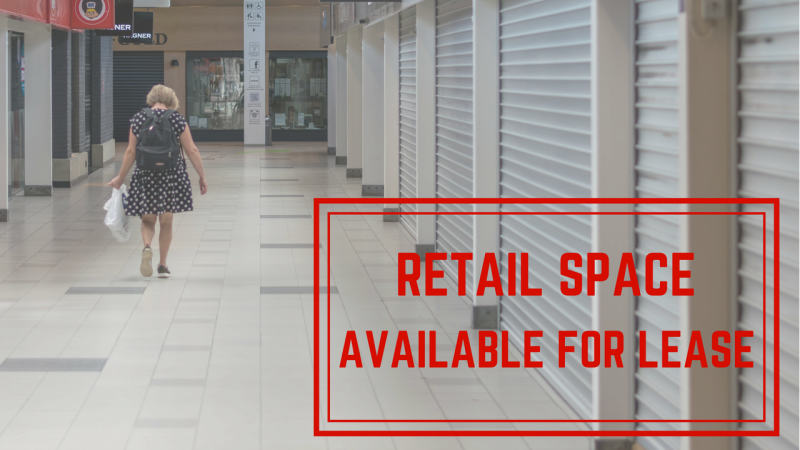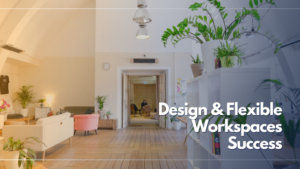Here’s What You Need To Know About Coworking In Malls
Published on August 27, 2018 – By Cecilia Amador
- Macerich and Industrious recently announced a national partnership to roll out coworking across various retail properties
- Coworking in retail properties is expected to grow 25% annually through 2023
- Coworking in malls offers an opportunity for operators both in urban and suburban markets
Coworking in malls is a hot topic in the industry today. Earlier this month, Macerich, an owner, operator and developer of major retail properties, announced a national partnership with Industrious. According to the release, “this is the first time a major mall owner has partnered with a coworking company targeting a multi-property rollout.”
While this may be the first partnership of its kind, it won’t be the last.
JLL’s recent “Can coworking work at the mall?” report examines the viability of coworking spaces in retail space.
“Large retailers are consolidating their store footprints and property owners are seeking opportunities to refresh retail space with new tenants, new looks and new uses.” According to JLL, coworking presents a viable solution to this newly empty retail space by “decreasing vacancy and driving additional foot traffic with a guaranteed daytime population.”
Macerich and Industrious’ partnership marks the first big step in this direction.
“Coworking space in retail properties will grow at a rate of 25.0 percent annually through 2023 and reach approximately 3.4 million square feet.” There’s a big opportunity for flexible workspace operators here, both in urban and suburban markets.
JLL’s research found that:
The Latest News
Delivered To Your Inbox
“With recent closures, some landlords have been forced to get creative in backfilling vacant spaces—particularly in suburban power and neighborhood centers where more retail isn’t always the answer. Coworking space is proving to be a viable solution to this issue despite the suburban location.
54.7 percent of coworking spaces in our research are in suburban locations. While coworking spaces skew to walkable neighborhoods, some of these neighborhoods are in the urban periphery of major primary or secondary markets. This concentration of coworking concepts should continue in the suburbs.”
Making Coworking Work at the Mall
JLL found that there are 4 main types of coworking formats in malls. These are Retail Launchpads, Telework Hubs, Business Boosters and Creative Coalitions. One common theme among all of them is that these spaces incorporate retail space within their walls.
“This coworking and retail mix is a burgeoning trend of multifunctional mixed-use spaces. This opens up opportunities for local, niche or startup concepts that do not have capital for their own location to flourish as part of a shared retail space.” Adding retail space is also a strategy to provide additional revenue stream for the operator.
Moreover, coworking within retail space is often found in mid to top-tier retail properties. According to JLL, Telework Hubs will be the coworking format that will backfill vacant spaces in mid-level retail centers the most. These hubs cater to a mix of users, include corporate office workers, entrepreneurs, and creatives.
On the other hand, incubation spaces–Retail Launchpads–will be best suited to “luxury properties where there is a surplus of higher-income consumers looking for out-of-the-ordinary products and experiences.”
The coworking and retail space relationship is mutually beneficial; “we expect further growth in these hybrid spaces where the synergy between coworking and retail is maximized.”
Read Full Article from AllWork.Space https://ift.tt/2NpJzL4




